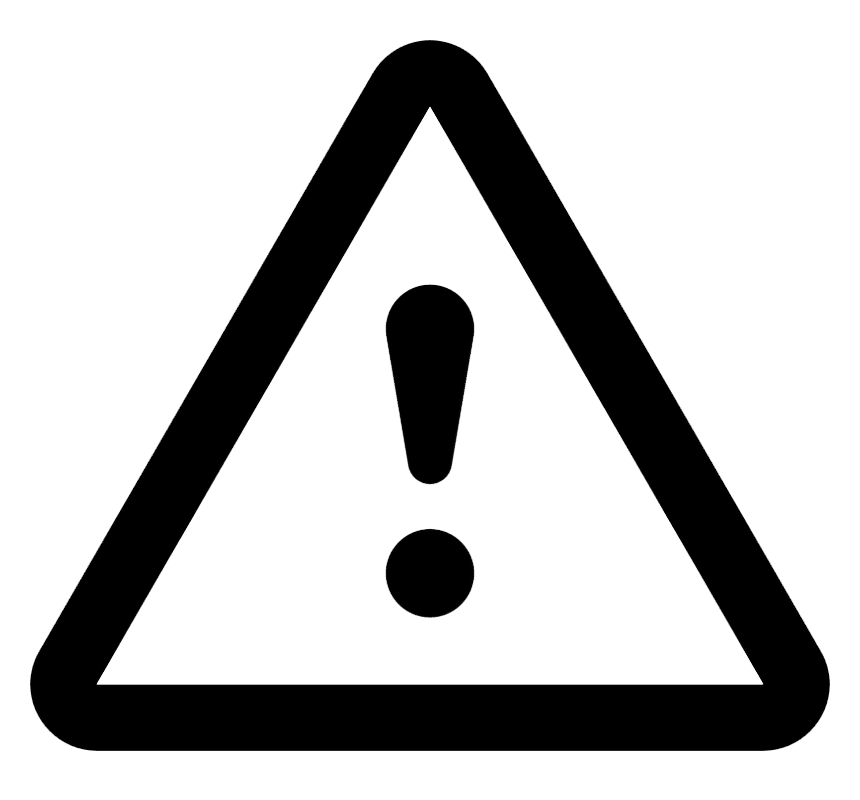The basal ganglia are an integral component of the central nervous system required to facilitate voluntary movement. Many small subcortical structures encompass the basal ganglia and the interaction between them can seem overwhelming. After reviewing this page, it would be wise to go to our Movement Disorders chapter, which meticulously covers various movement disorders associated with basal ganglia dysfunction.
The cerebellum is also very important for voluntary movements. However, it also has a role in maintaining balance as well as procedural memory. The microscopic anatomy of the cerebellum has been thoroughly researched and is complex. We will cover some of the basic interactions between various cell types within the cerebellum as well as the interactions between the cerebellum and other central nervous system structures (brainstem, spinal cord, thalamus, and cortex).
The content depth of this chapter was decided based on what we felt residents would be expected to know for their in-service and board examinations. If interested in learning more about the basal ganglia we recommend the textbook Neuroanatomy through Clinical Cases.
Author: James Eaton, MD
Editor: Brian Hanrahan, MD
The Basal Ganglia
- The basal ganglia have multiple roles in the nervous system and include fine-tuning movements, reward functions, cognition, and memory.
- It encompasses numerous subcortical regions including the putamen, caudate, nucleus accumbens, globus pallidus (interna and externa), the subthalamic nucleus, and substantia nigra.
- Other terminologies for the basal ganglia regions include the following:
- Striatum: Caudate, nucleus accumbens, and putamen.
- Lenticular nucleus: Putamen, globus pallidus (has the external and internal segments).

- The current model for understanding basal ganglia function is the direct and indirect pathways, these are an oversimplification but work as a useful schema.
- Direct pathway: Cortex projections travel to the putamen which sends inhibitory projections to the globus pallidus internal (GPi) and substantia nigra reticulatum (SNr). The GPi/SNr, in turn, sends inhibitory outflow to the thalamus.
- This disinhibits the thalamus, which facilitates the excitatory thalamocortical pathway.
- The primary neuron receptors in this pathway are D1 receptors.
- Indirect pathway: Cortex projections travel to the putamen, which sends inhibitory projections to the globus pallidus externa (GPe), where inhibitory projections then extend to the subthalamic nucleus (STN) with the result of disinhibiting the STN. STN, in turn, has excitatory projections to the GPi.
- Activity from the indirect pathway excites the GPi/SNr which inhibits the thalamocortical pathway.
- The primary neuron receptors in this pathway are D2 receptors.
- The substantia nigra pars compacta (SNc) is a modulator of the basal ganglia, it acts to inhibit the indirect pathway and activate the direct pathway.
- Glutamate is the prime excitatory neurotransmitter in this system in the basal ganglia, and GABA is the prime inhibitory neurotransmitter.
- Direct pathway: Cortex projections travel to the putamen which sends inhibitory projections to the globus pallidus internal (GPi) and substantia nigra reticulatum (SNr). The GPi/SNr, in turn, sends inhibitory outflow to the thalamus.


